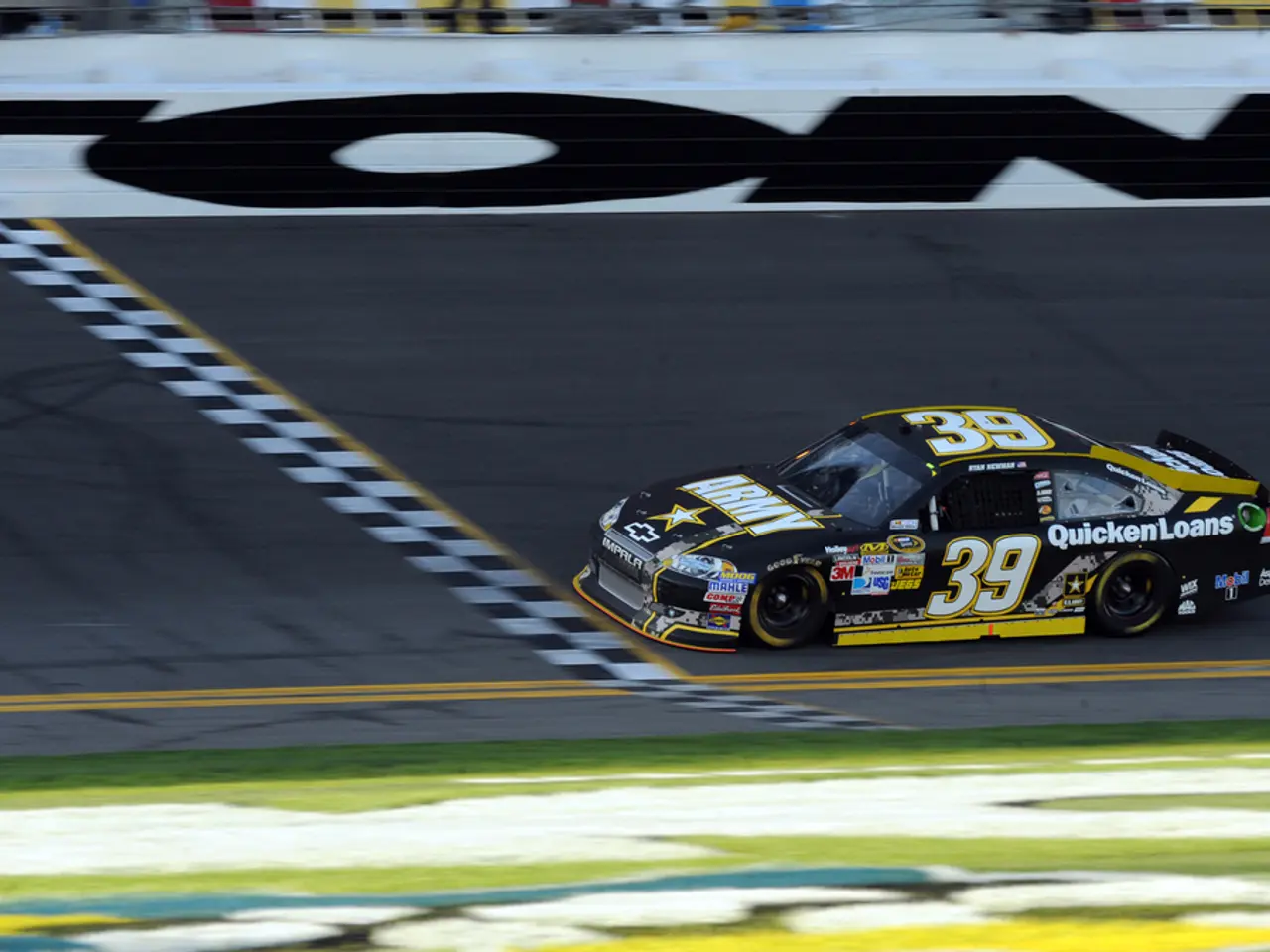Companies Innovate Internal Combustion Engines for Decarbonization: Three Firms Work on Reducing Carbon Emissions in Traditional Engine Technology
Subaru Unveils Next-Generation e-BOXER Hybrid Engine
Subaru has taken a significant step forward in automotive technology with the unveiling of its next-generation e-BOXER hybrid engine. This groundbreaking system, presented at the Multipathway Workshop on May 28, promises better fuel economy and performance, setting a new standard for hybrid vehicles.
The e-BOXER is a 2.5-litre naturally aspirated horizontally-opposed engine, a unique feature among mass-market brands. It is combined with a 90kW electric motor and a 1.1kWh lithium-ion battery, delivering a total system output of around 145kW. This setup replaces the previous hybrid system's smaller 2.0-litre boxer engine and a weaker 12kW motor, resulting in a significant power boost and better integration of hybrid drive components.
Key technical aspects of the e-BOXER include the use of the Atkinson cycle for improved thermal efficiency, two electric motors (one for drive power and one as a generator), and a continuously variable transmission (CVT) paired with Subaru’s permanent all-wheel-drive system. These features contribute to smoother, quieter operation and improved off-road climbing performance.
Fuel economy improvements are substantial. The new Forester e-BOXER boasts fuel consumption of around 6.2L/100km, a near 20% improvement compared to the previous petrol engine alone. This translates to reduced CO2 emissions, with the e-BOXER emitting 140g/km compared to the previous 180g/km.
The compact size of the e-BOXER hybrid system houses the differential, hybrid unit's twin motors and transmission, and transfer for both front and rear wheels. This design not only improves efficiency but also contributes to the vehicle's overall size and weight.
The competitive spirits of Subaru, Mazda, and Toyota were evident at the presentation, as they shared updates on their next-generation engines. These three companies have been working together to hone their technologies through racing, with plans to introduce a new vehicle in Super Taikyu-the High Performance X Future Concept.
Subaru's Chief Technology Officer, Fujinuki, also mentioned efforts to develop carbon-neutral fuels with Mazda and Toyota. This collaboration reflects the companies' commitment to decarbonization and the age of electrification.
In summary, the next-gen e-BOXER offers a more powerful and efficient hybrid system that promises better fuel economy and performance relative to the current hybrid and petrol models. This is achieved through a larger, more efficient 2.5L Atkinson-cycle boxer engine, a more powerful 90kW electric motor and 1.1kWh battery, seamless hybrid integration with CVT and AWD, and resulting in significantly improved fuel consumption and emissions compared to its predecessor.
For a basic explanation of in-line, horizontally-opposed, and rotary engines, please refer to the end of the article.
[1] Subaru Global Press Room. (2022). Subaru Unveils the Next-Generation e-BOXER Hybrid System for the Age of Decarbonization. Retrieved from https://global.subaru.com/en-jp/news/2022/05/28b12808-18d8-4a71-b797-962851f46299/
[2] Car and Driver. (2022). Subaru Forester e-BOXER: First Drive. Retrieved from https://www.caranddriver.com/news/a37133366/2022-subaru-forester-e-boxer-first-drive-review/
[3] Motor Trend. (2022). 2022 Subaru Forester e-BOXER Hybrid: First Drive Review. Retrieved from https://www.motortrend.com/cars/subaru/forester/2022/2022-subaru-forester-e-boxer-hybrid-first-drive-review/
Industry experts are praising Subaru for its advancements in the automotive and technology sectors, specifically in the field of finance, with the announcement of the next-generation e-BOXER hybrid engine. This innovation, expected to improve fuel efficiency and performance, could lead to significant cost savings in the transportation industry.
The e-BOXER's impressive features, such as its 2.5-litre Atkinson-cycle engine and the use of carbon-neutral fuels in collaboration with Mazda and Toyota, demonstrate Subaru's commitment to both environmental sustainability and technological innovation within the finance, transportation, and technology industries.




